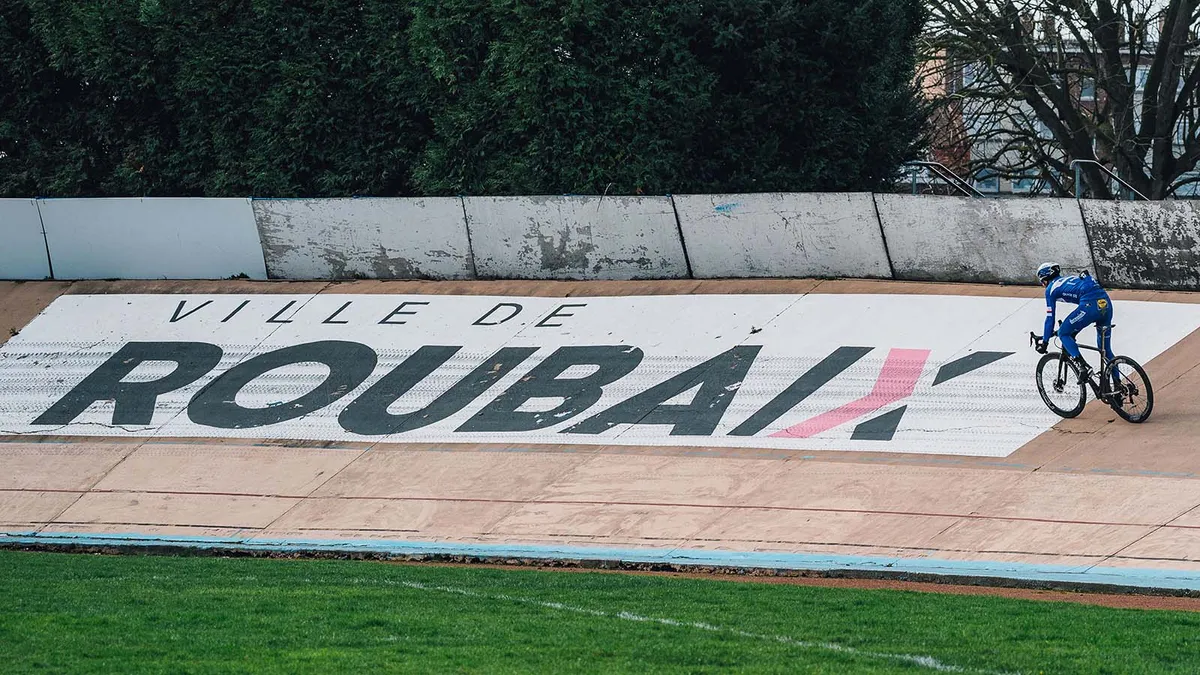Specialized's new 2020 Roubaix range takes the bike away from an endurance-focussed machine and puts it right back into the fore as a pro-level special for the cobbled classics.
The Roubaix has been in Specialized’s range since 2004, and in the following years has notched up six Paris-Roubaix wins.
Speciaized started adding compliance to its race bikes with various experiments including Zertz' elastomer-based inserts in the stays and fork legs, and then the Future Shock-equipped Roubaix in its last generation.
The last generation Roubaix was a very successful bike, but it was always seen as very much a sportive special, which is probably in no small part due to the way the front end looked when unridden.
The Future Shock mounted inside the head tube with plenty of tube sitting above which made the front end look tall, even though when you got on board, as with any suspension system, the front end sagged under rider weight and looked just like a ‘normal’ bike.
Warren tests the new Roubaix on his local roads
This must have been frustrating for Specialized, because although the bike had proved itself in racing, and in sales, it wasn't taken as seriously as either the Tarmac or Venge, but the Roubaix was a hugely important range for the brand.
The Roubaix's suppleness and smart suspension meant the bike could venture off road with ease, so with the technology proven, Specialized released the same tech (with an evolved spring) on the gravel biased Diverge. This had the effect of more people opting for the Diverge as it proved highly capable on-road and off, so Specialized had effectively cannibalised its own market.
What is new on the 2020 Specialized Roubaix?
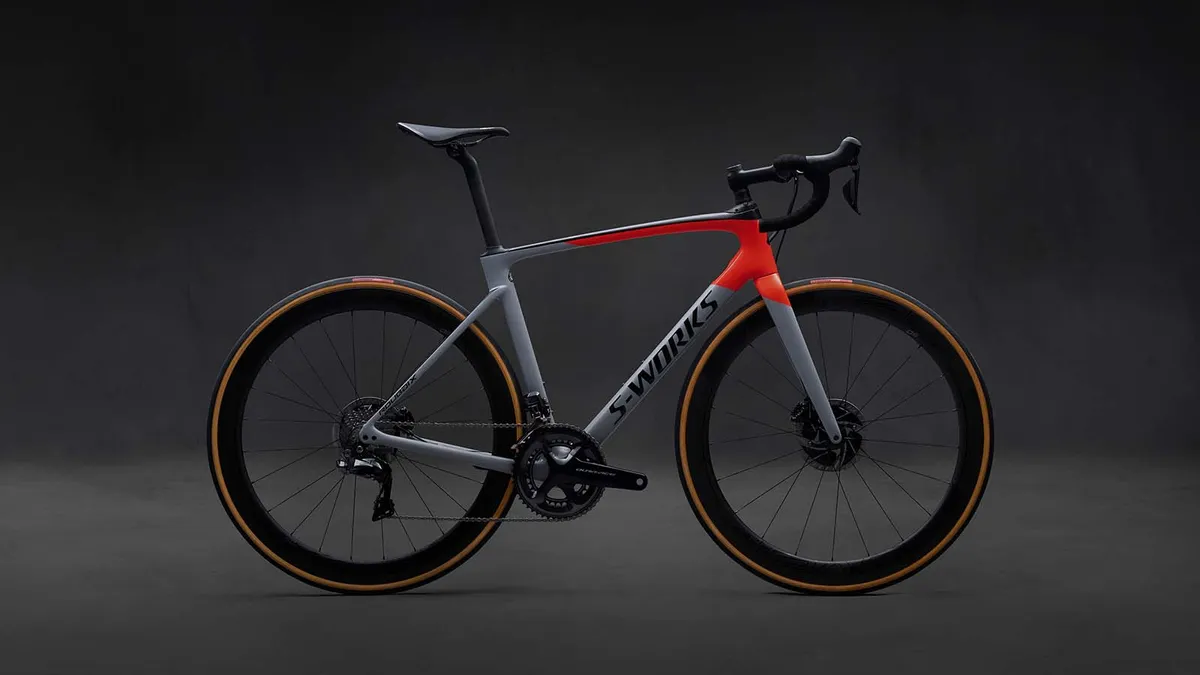
Now, it seems, the Roubaix has been taken back to its racing roots. Just looking at the bike you can see plenty of the same design language as the Tarmac and Venge.
Like both of those, the new Roubaix has spent plenty of time in Specialized’s wind tunnel. The result is a bike that is claimed to be more aerodynamic than the Tarmac SL6, with tube shapes derived from the latest Venge. This new Roubaix is claimed to be as aerodynamic as the original Venge, which is pretty impressive stuff for a bike built for comfort and compliance as much as anything else.
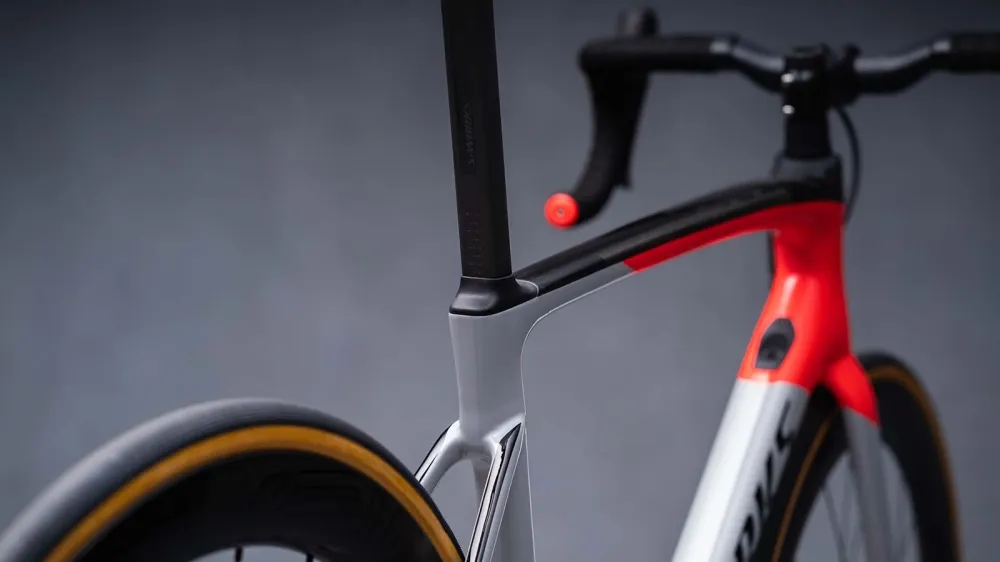
Compared to the previous version, Specialized claims the new Roubaix is 14 seconds faster over 40km.
The S-Works frame is constructed using Specialized’s highest grade Fact11r material and the carbon layup is designed to offer optimal stiffness where it’s needed, through the bottom bracket and head tube, and to keep weight low.
The S-Works frame is sub-900g and like the previous Roubaix it's been designed as a system to maintain the smoothness of that bike while adding in more control over the compliance.
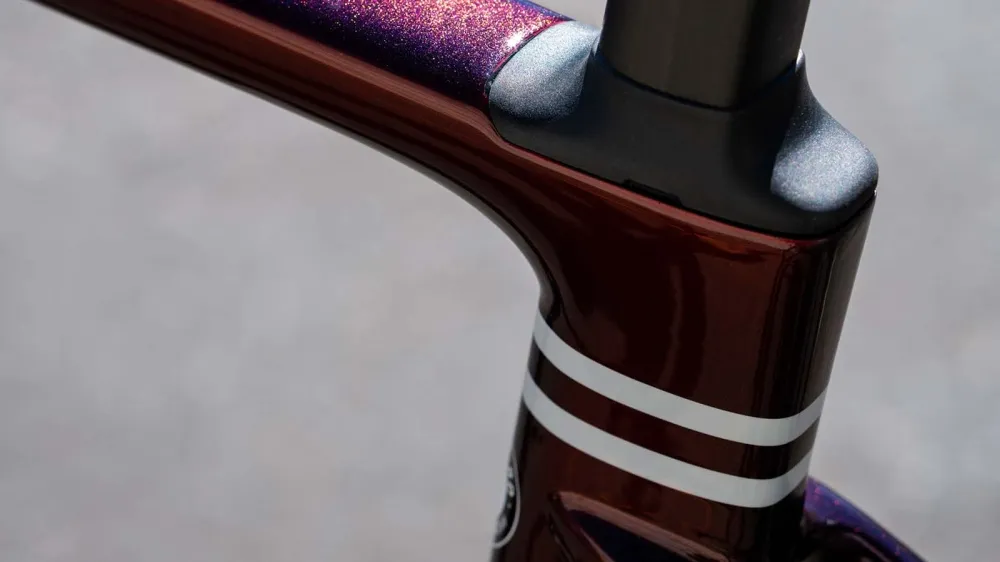
At the rear end Specialized, has carried over the simple yet smart design trick of lowering the seatclamp down into the frame to give the maximum amount of unsupported seatpost possible. This allows it more freely flex fore-and-aft.
The previous generation did this by integrating the seat clamp into the seatstays, but on the new model, the broad aero-profile seat tube lowers the clamp 65mm into the frame, which can be accessed via a long bolt that sits under a rubber cover.
The seatpost is all-new too. Gone is the old zig-zagged CGR post, replaced by a new D-shaped S-Works Pavé post, which comes as standard across the whole range.
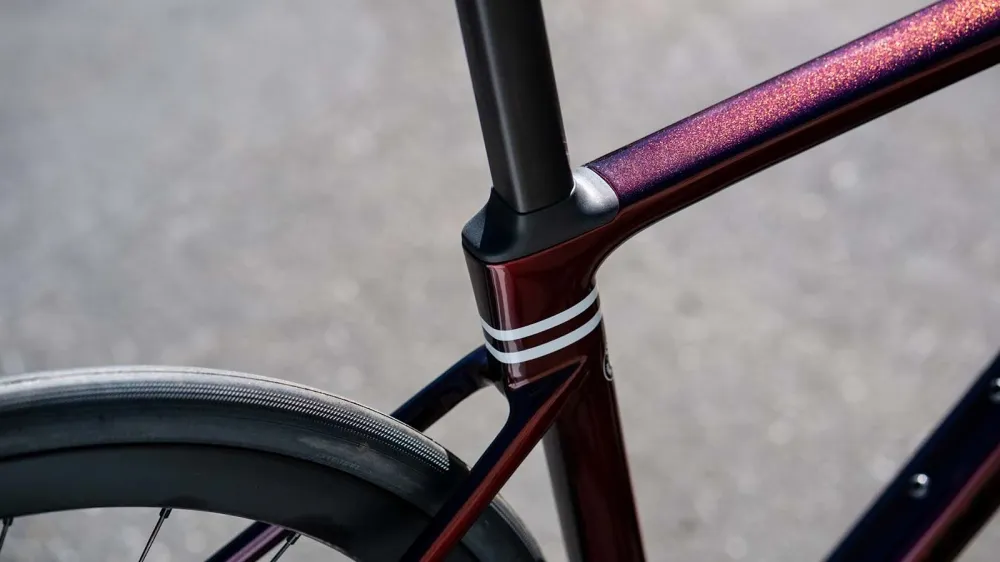
The post is based on the same aerodynamic profile as the Tarmac's, but the layup has been altered on the upper portion under the saddle clamp to offer compliance on the same level as the CGR, but in a much simpler form. The standard post has an offset head but Specialized tells us that there will be a 0-degree option available too.
Geometry-wise, the Roubaix follows the traits of the Tarmac and Venge, with the same parallel 73.5-degree angles on my 58cm test bike. It does however differ somewhat elsewhere, with a taller stack (630mm compared to 591mm on the Tarmac) and a shorter reach by 10mm (392mm compared to 402mm). The wheelbase is also slightly longer thanks to the Roubaix’s larger tyre capacity of 33c, at 1,014mm compared to 1,005mm.

What is new with the Future Shock 2.0?
The biggest advance on the new bike is the reworking of the Future Shock. The new Future Shock 2.0 takes the original simple, sprung system and adds both damping and, most importantly, adjustment.
Though the 2.0 does follow the same principles as the original unit, Chris Yu, head of applied technologies at Specialized explains: "With the original Future Shock we recognized the enormous benefit of suspending the rider and not the bike. With the traditional location of suspension units somewhere in the frame (between the fork and head tube being the most common), we found several significant disadvantages, especially for a road platform.
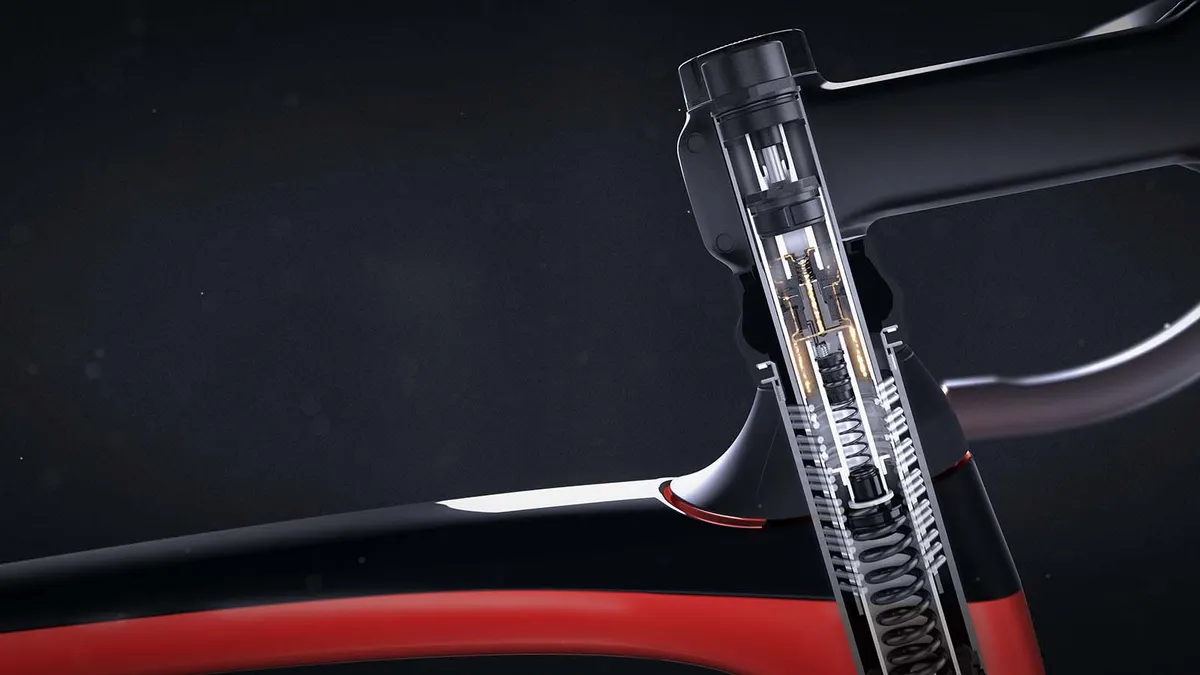
"These disadvantages include a loss of pedaling efficiency through bobbing in the front, as well as a compromise in handling since there is a non-rigid load path between the front and rear wheels — often leading to a feeling of vagueness when cornering. We realized that placing the compliance unit above the head tube resulted in all the benefits of increased compliance while avoiding all the disadvantages.
"The beauty of the system is the ability to separate the duties of introducing compliance from the duties of a race-ready frame and fork, maintaining a stiff structure."
The new unit offers 20mm of movement, and inside the new system is an oil-port which is claimed to simultaneously control both compression and rebound damping so the front end feels more controlled and more progressive.
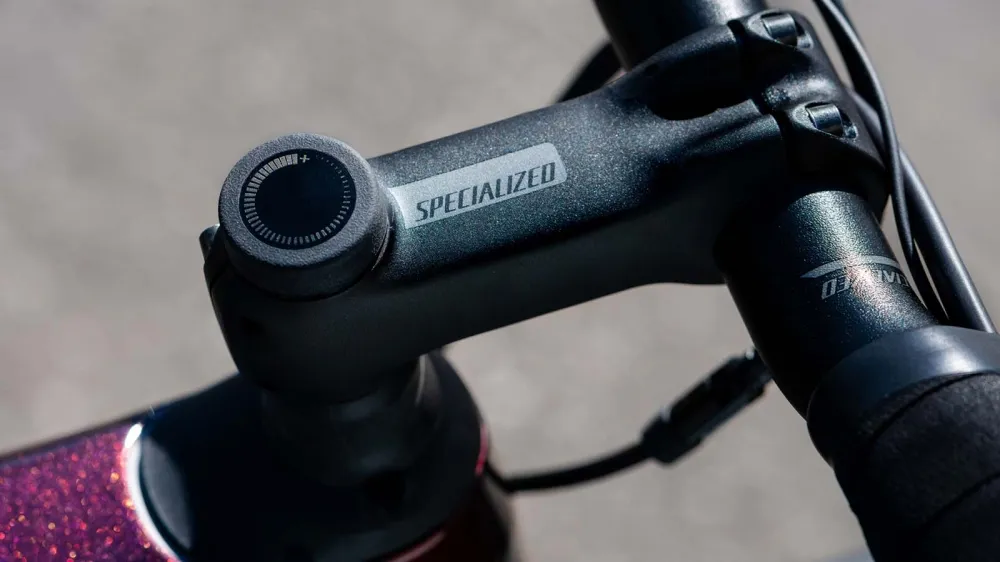
It’s a single-circuit system and works in much the same way as a mountain bike fork. The biggest difference from the original unit however is that the Future Shock 2.0, combined with the dedicated Future Stem on higher models, eschews a traditional top-cap in favor of an adjuster — reminiscent of Cannondale’s old Headshok system, though that positioned the suspension unit under the head tube. So you can now adjust the front end on the fly from near-lock out to fully open.
Specialized says that the new unit is shop serviceable like the original Future Shock, but lower models will get a stripped down Future Shock 1.5, which doesn’t have the adjustability of the 2.0.
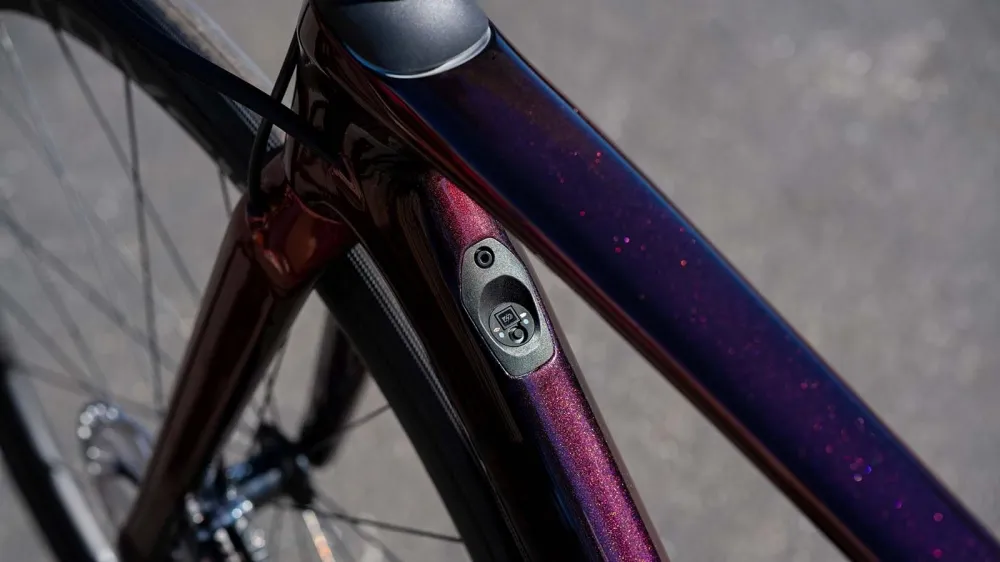
Specialized tells us the new unit has improved top-and-bottom-out behaviour and a lighter more progressive spring than that found on the Diverge. Like the original Future Shock you can tune the shock by using different spring weights and externally it uses the same, slicker looking smooth-boot as the 2.0. You can’t however upgrade from the 1.5 to the 2.0.
The new Future Stem comes into the range from the Comp level upwards and is a little cleaner looking, and doesn’t need a shim like the older design. It’s a little lighter too and comes with the same face plate as the Venge, so it's compatible with the same range of accessories such as integrated GPS mounts.
Weighty matters
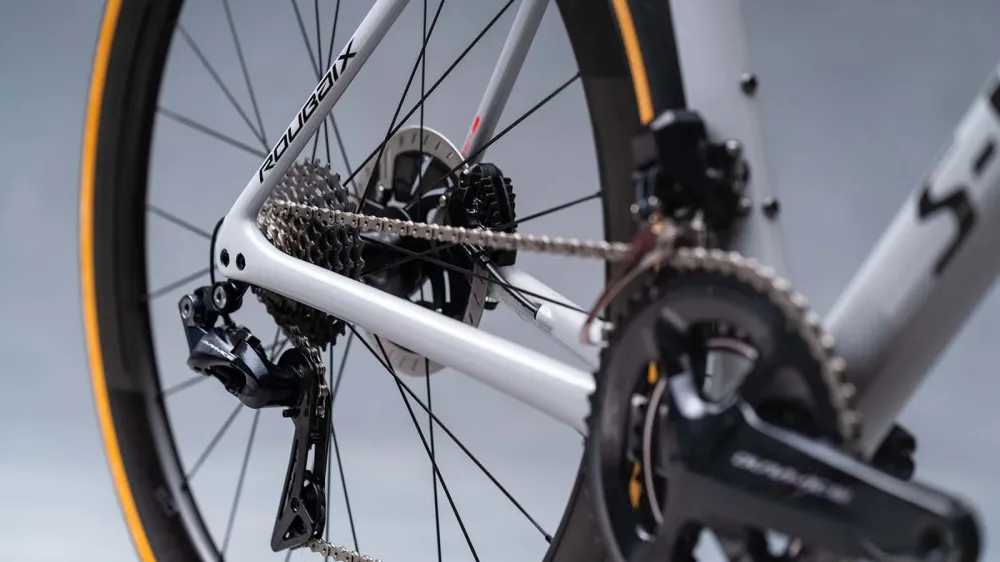
Weight wise the Roubaix S-Works is bang on what I’d expect for my 58cm test bike — a SRAM eTap AXS Disc with power meter, 105 Shimano pedals, two bottle cages, a Garmin Edge 1030 and out-front mount — which tipped the scales bang on 8kg.
Remove those accessories and the raw weight would centre around just under 7.5kg. That’s pretty good for a bike equipped with a suspension unit upfront. Lower models using Fact10r carbon and the 1.5 shock unit are claimed to weigh 115g more, so 1,015g for a frame in 56cm.

Specialized goes gender neutral
The other big news with the Roubaix, and to be honest something we've been expecting since the launch of the Tarmac and Venge, is that it marks the end of women’s-specific bikes for the brand.
That means no more Ruby, which is a bold move because the Ruby is claimed to be the best-selling women’s bike ever from any brand.
Specialized says, however, that it has done its research with fitting specialists Retül. Based on over 7,700 fit sessions and more than 25,000 fit match sessions they found no noticeable difference between how a man and a woman fit on a bike, so they see no performance benefit of designing a bike by gender.

So the Roubaix is a completely gender-neutral bike. It does come fitted with the ground-breaking and ever popular Power saddle, which was originally designed for women but has found favour with male and female riders.
The shift to gender neutral design means a wide range of sizes are available for the new Roubaix, from a tiny 44cm to a massive 61cm.
